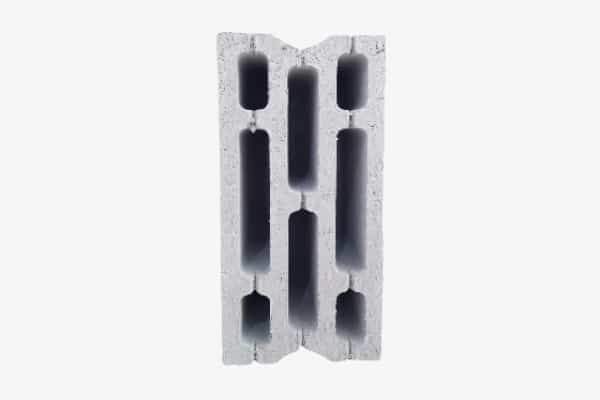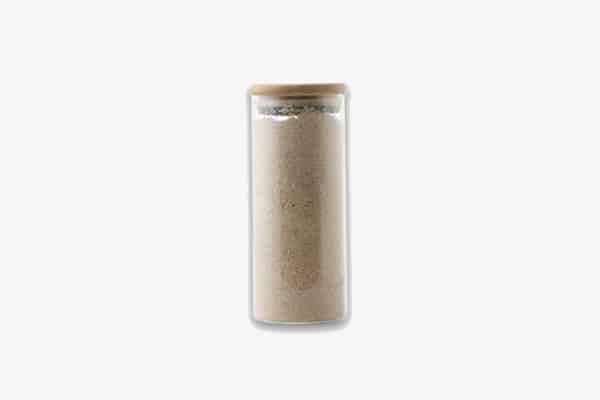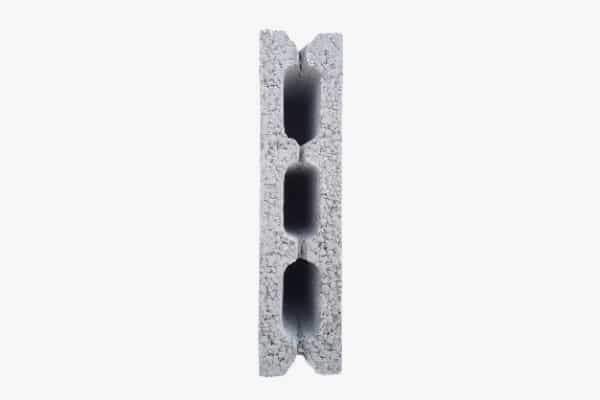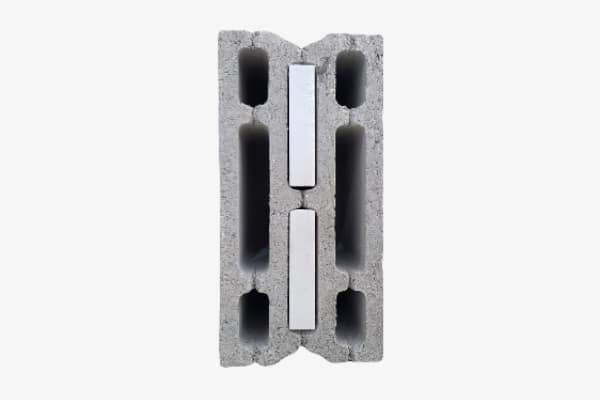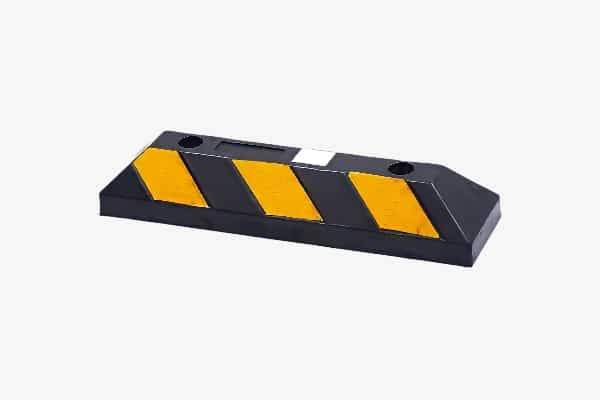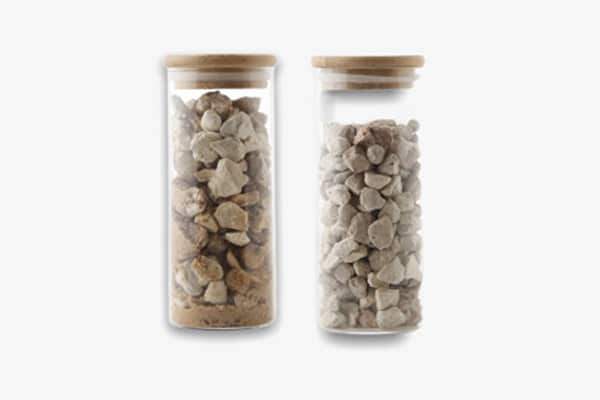Overview:
Steam Block, also known as Autoclaved Aerated Concrete (AAC), is a lightweight, high-performance building material made from sand, lime, cement, and aluminum powder. It undergoes a steam curing process in an autoclave, resulting in a porous structure that provides excellent insulation, strength, and fire resistance.
Why You Should Use It:
- Lightweight: Reduces the structural load on buildings.
- Thermal Insulation: Minimizes heat transfer, reducing energy costs.
- Fire Resistance: Non-combustible and withstands high temperatures.
- Soundproofing: Effective in reducing noise levels.
- Eco-Friendly: Manufactured using natural raw materials and is recyclable.
- Easy Handling: Can be cut and shaped with simple tools.
Key Features:
| Property | Description |
|---|---|
| Density | 500–700 kg/m³ |
| Thermal Conductivity | 0.12–0.14 W/m·K |
| Compressive Strength | 3–4 MPa |
| Fire Resistance | High (withstands up to 1200°C) |
| Sound Insulation | Excellent (35–45 dB) |
| Water Absorption | Low (4–6%) |
| Sustainability | Made from natural materials and fully recyclable |
Uses:
- Interior and Exterior Walls: Ideal for constructing walls due to its strength and insulation properties.
- Thermal Insulation Panels: Used in energy-efficient buildings to maintain indoor temperatures.
- Partition Walls: Effective in reducing noise in residential and commercial buildings.
- Lightweight Structural Components: Used in prefabricated construction for quick and efficient building.
Dimensions:
| Dimension | Size Range |
|---|---|
| Length | 600 mm – 700 mm |
| Width | 200 mm – 300 mm |
| Height | 100 mm – 300 mm |
Density:
- Dry Density: 500–700 kg/m³
- Saturated Density: 900–1100 kg/m³
Case Studies:
- Energy-Efficient Homes: Used in sustainable housing projects to reduce heating and cooling costs.
- Commercial Buildings: Integrated into office buildings for fireproof and soundproof walls.
- Prefabricated Constructions: Utilized in modular homes for quick assembly and durability.
Applications in Practice:
Steam Blocks are a preferred choice in modern construction for their insulation and structural benefits. Their fire-resistant nature makes them ideal for high-rise buildings, and their lightweight properties simplify transportation and installation, reducing labor costs.
Installation Recommendations:
- Cutting: Use standard saws for precise cutting.
- Adhesion: Requires specialized thin-bed mortar for bonding.
- Finishing: Can be plastered or painted for aesthetic purposes.

